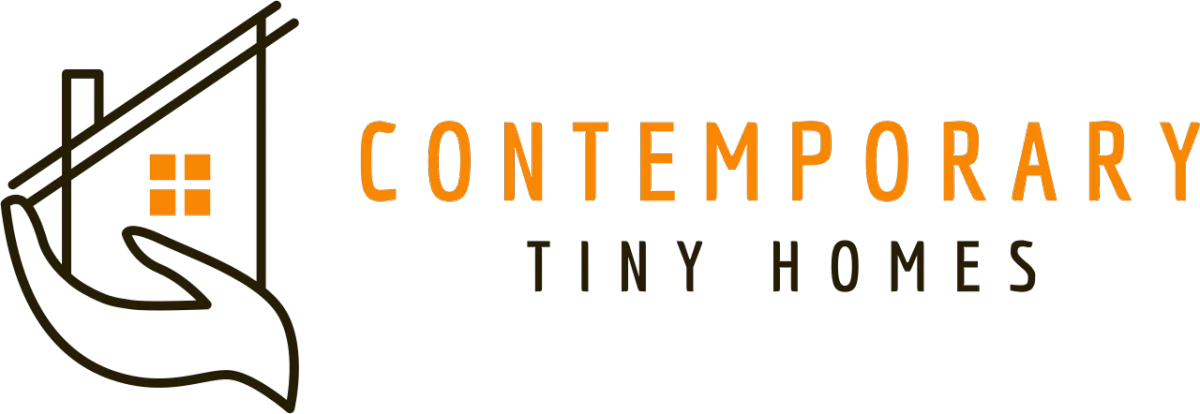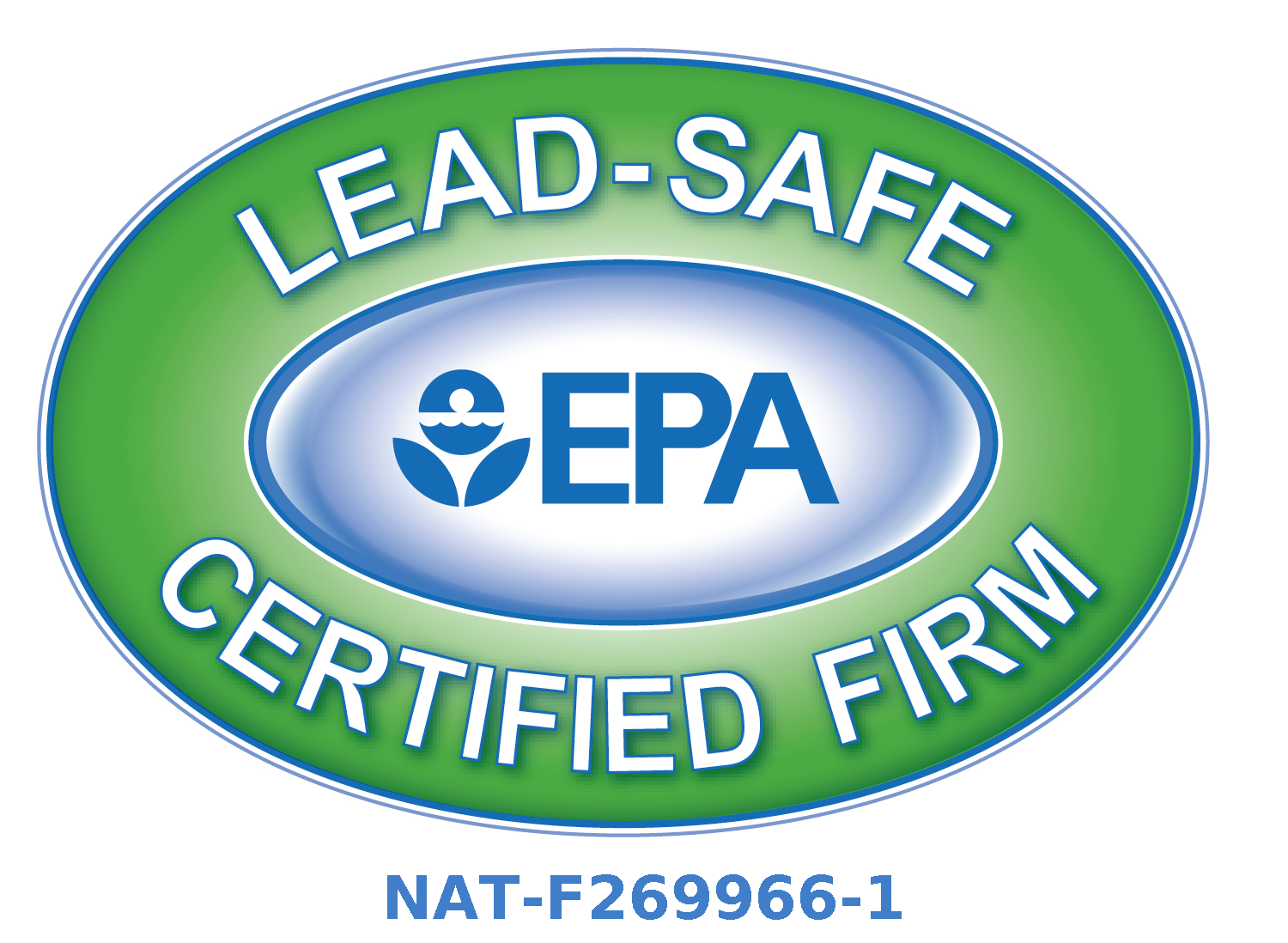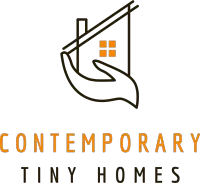Knowledge Center: Your Go-To Resource for ADUs and Tiny Living
Knowledge Center: Your Go-To Resource for ADUs and Tiny Living
Email [email protected]
Phone 860-TINY-HOM (es)

Is it cheaper to buy or build a tiny home?
As the tiny home movement continues to gain momentum, one of the biggest questions aspiring homeowners face is whether it’s more cost-effective to buy or build their own. The decision involves more than just upfront costs—it’s about balancing time, customization, and long-term financial goals.
In this article, we’ll explore the buy vs. build debate, including the key cost factors, pros and cons of each approach, and practical tips to help you decide which path fits your lifestyle and budget best.
Cost Considerations: Buying vs. Building
Initial Investment
Buying a pre-built tiny home is often faster and more convenient—you can see exactly what you’re getting and move in right away. However, this convenience usually comes with a higher price tag.
Building your own tiny home, on the other hand, offers greater flexibility and control. You can choose materials, layouts, and finishes that suit your taste and budget. For those willing to invest time and effort, DIY building can significantly reduce costs, especially if you already own land or can handle some of the labor yourself.
Long-Term Costs
While building might seem cheaper upfront, it’s important to consider ongoing expenses such as maintenance, utilities, land leasing or purchase, and insurance. Buying a professionally built tiny home might include warranties or higher-quality finishes that reduce maintenance costs over time.

Factors That Influence Cost
1. Location and Land Costs
Your location plays a huge role in the total cost. Land in urban or high-demand areas can be expensive, whereas rural plots are often more affordable. Additionally, local zoning rules, permit fees, and utility connections can vary widely by region—so always research these factors before committing.
2. Size and Complexity of Design
A simple 200-square-foot layout with basic finishes will cost far less than a 400-square-foot home with high-end appliances, a loft, and custom cabinetry. Whether you buy or build, complex designs drive up both material and labor costs.
Pros and Cons of Buying a Tiny Home
Advantages
Convenience: Skip the hassle of construction and move in quickly.
Predictability: Costs, features, and timelines are typically fixed.
Quality Assurance: Professional builders often provide warranties and proven designs.
Disadvantages
Limited Customization: You may not be able to change layouts or finishes.
Higher Upfront Cost: Pre-built homes include labor and markup costs.
Transport and Setup Fees: Delivery and installation can add to the total expense.
Pros and Cons of Building a Tiny Home
Advantages
Full Customization: Every inch can reflect your personal style and needs.
Cost Control: You decide where to save or splurge on materials and finishes.
Personal Satisfaction: Building your home can be an incredibly rewarding experience.
Disadvantages
Time and Skill Required: DIY projects can be time-consuming and physically demanding.
Permit and Code Challenges: Navigating local regulations can be tricky.
Hidden Costs: Delays, mistakes, or material shortages can quickly increase expenses.

Smart Budgeting Tips for Tiny Home Projects
Plan Thoroughly: Create a detailed timeline and budget—including permits, land prep, and furnishings.
Source Smart: Compare suppliers and look for discounts or recycled materials.
DIY Strategically: Handle simple tasks like painting or flooring, but hire pros for plumbing and electrical work.
Use Reclaimed Materials: Salvaged wood or repurposed fixtures can add charm and reduce costs.
Design Efficiently: Focus on space-saving layouts and multi-functional furniture to maximize every square foot.
Final Thoughts
Whether you choose to buy or build, a tiny home offers a path toward simpler, more sustainable living. Your decision ultimately depends on your budget, timeline, and comfort level with hands-on work.
Buying brings ease and speed—ideal for those ready to downsize now. Building, meanwhile, rewards creativity and personalization. Either way, the journey toward owning a tiny home can lead to financial freedom and a more intentional lifestyle.
Frequently Asked Questions
1. What are the main cost differences between buying and building a tiny home?
Building offers customization and potential savings if you do some of the work yourself, but materials, permits, and labor can add up. Buying is more predictable but often comes with higher upfront costs.
2. How do location and land costs affect affordability?
Land prices and zoning rules vary greatly. In high-cost areas, leasing land or opting for a mobile tiny home may be more practical than buying a permanent plot.
3. Are there long-term savings with tiny homes?
Yes. Tiny homes typically have lower utility bills, reduced maintenance, and smaller property taxes compared to traditional homes.
4. What should I include in my budget plan?
Don’t forget to account for land, permits, insurance, utilities, furnishings, and any off-grid systems (like solar power or composting toilets).

Copyright 2025. All rights reserved. Norwalk, CT
Connecticut's New Home Construction Contractor License: #NHC.0017654
EPA Lead-Safe Certified NAT-F269966-1


